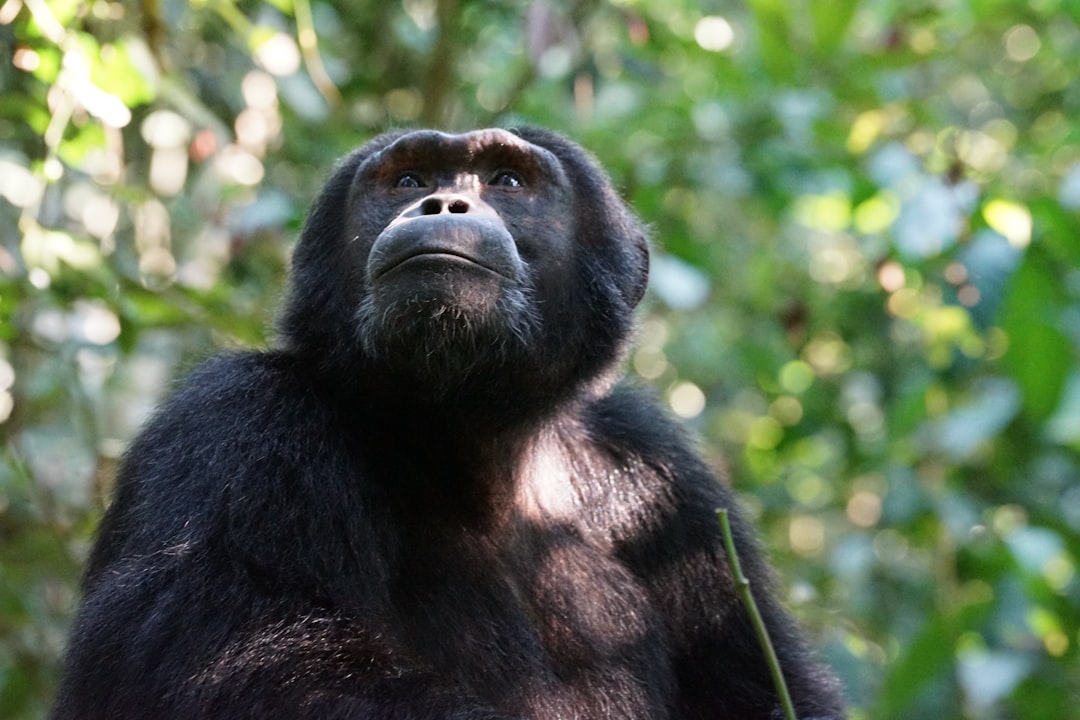What is it about?
This study investigates the latrine behaviour of Lepilemur petteri at the edge of its distributional range. It examines the location and function of latrines within the home ranges of individuals and explores structural and floristic characteristics of latrine sites. The study reveals that latrines of Lepilemur petteri are primarily located at the periphery of their home ranges, suggesting a function related to territorial defence rather than within-group communication as proposed by other studies. Variation in latrine placement of lemures may be due to differences in environmental conditions and resource availability. The findings highlight the influence of environmental conditions and resource availability on latrine behaviour in Lepilemur petteri: the latrine placement is variable and shaped by a combination of factors, including the need for territorial defence and effective information exchange, whereas the characteristics of the latrines themselves vary less and follow a functional structure.
Featured Image

Photo by Hans-Jurgen Mager on Unsplash
Why is it important?
Lemurs are highly threatened by habitat change due to anthropogenic degradation and climate change. It is unknown, how and to what extent lemurs can cope with these changes by behavioural changes. Our study illustrates a functional shift of latrines from serving social communication to territorial resource defence. This ought to be part of complex restructuring of their socio-ecological system. Though this was not part of our study, it illustrates the plasticity of these interactions under different environmental conditions.
Read the Original
This page is a summary of: Lepilemur petteri latrine placement in Tsimanampetsotse National Park, Madagascar, Folia Primatologica, October 2022, Brill,
DOI: 10.1163/14219980-20220102.
You can read the full text:
Contributors
The following have contributed to this page










